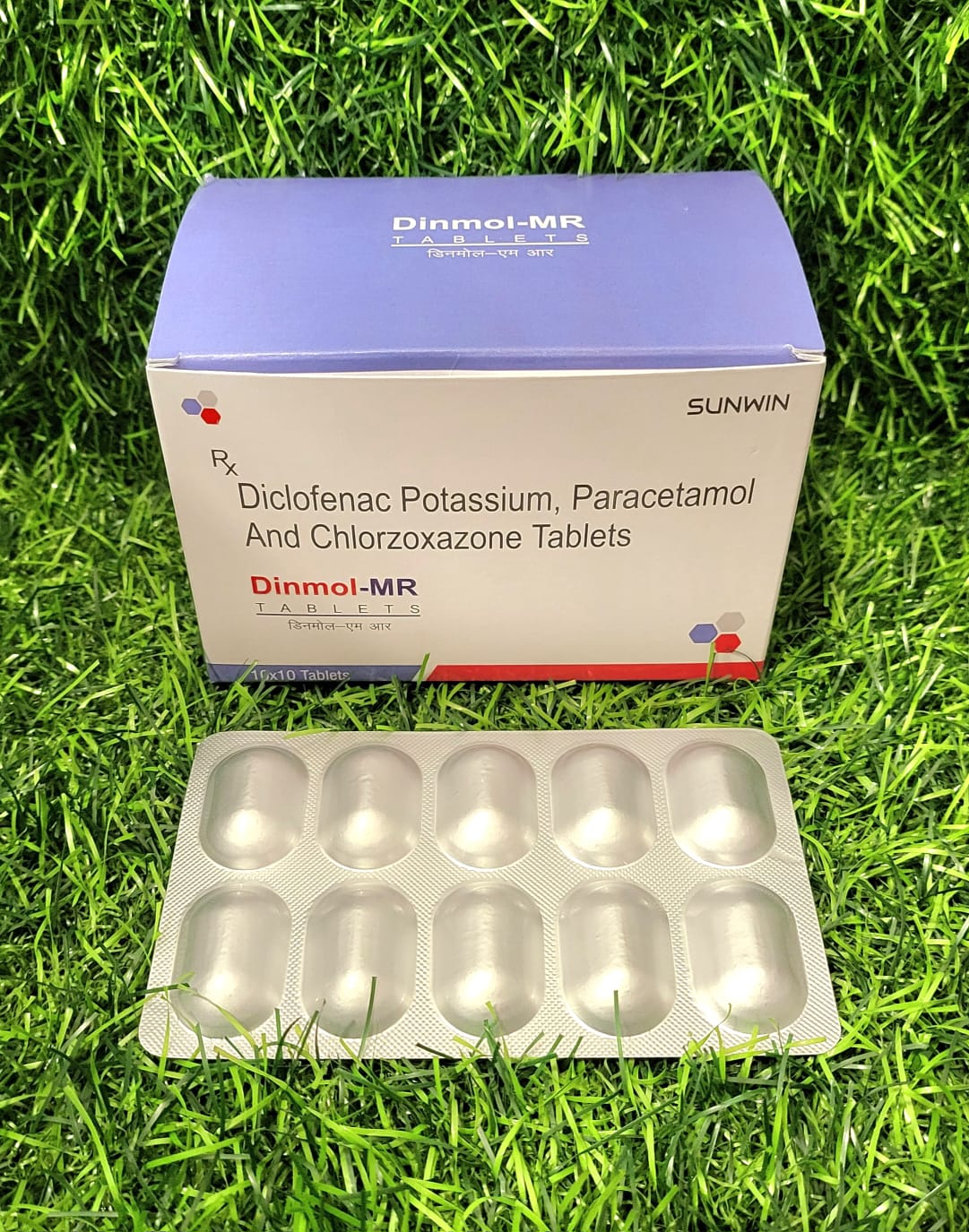Composition:-
Trypsin Chymotrypsin 1,50,000 AU + Aceclofenac 100 mg + PCM 325
Uses:-
This combination medication is used to alleviate pain and inflammation associated with various musculoskeletal conditions. Trypsin Chymotrypsin, a blend of enzymes, works by reducing inflammation and promoting tissue healing. Aceclofenac, a nonsteroidal anti-inflammatory drug (NSAID), provides pain relief by inhibiting the production of prostaglandins, substances in the body that cause pain and inflammation. Paracetamol (PCM) enhances the pain-relieving effects of Aceclofenac and provides additional relief. Together, these components offer comprehensive relief from pain, swelling, and stiffness in conditions such as osteoarthritis, rheumatoid arthritis, tendonitis, bursitis, sprains, strains, and sports injuries.
Side Effects:-
Common side effects of this medication may include gastrointestinal disturbances such as nausea, indigestion, and abdominal discomfort. Aceclofenac, being an NSAID, may also cause gastric irritation, ulceration, and bleeding, especially with prolonged use or at higher doses. Paracetamol is generally well-tolerated but can cause liver toxicity in high doses or in individuals with pre-existing liver conditions. Rarely, allergic reactions such as skin rash, itching, or swelling may occur. Patients should discontinue use and seek medical attention if they experience any signs of an allergic reaction or severe side effects. It is important to use this medication under the supervision of a healthcare professional and to follow the prescribed dosage and duration of treatment to minimize the risk of adverse effects.
Indication:-
This medication is indicated for managing pain and inflammation associated with various musculoskeletal disorders. It is commonly prescribed for conditions such as osteoarthritis, rheumatoid arthritis, tendonitis, bursitis, sprains, strains, and sports injuries. The combination of Trypsin Chymotrypsin, Aceclofenac, and Paracetamol provides effective relief, enabling patients to regain function and mobility in affected joints and muscles. It is typically used as part of a comprehensive treatment regimen that may include rest, physical therapy, and other supportive measures to optimize outcomes and improve patient comfort and quality of life.


